The TST Carrier 20" Cargo Bike is a powerful, versatile electric cargo bike featuring a 1300W motor, 90 Nm torque, and a 48V 15Ah battery offering up to 60 miles of pedal assist. Weighing around 90 lbs, it supports a 450 lb load and reaches speeds near 20-28 mph. Its long wheelbase and fat 20" x 3" tires provide stability and comfort, making it ideal for hauling kids, groceries, or cargo with ease. Why Choose Folding Cargo Ebikes For Storage?
How Powerful Is the TST Carrier 20" Cargo Bike?
The TST Carrier boasts a 1300W brushless hub motor delivering 90 Nm of torque, providing strong acceleration and hill climbing capability even when fully loaded. This power is essential for moving the bike’s 90 lbs weight plus cargo up to 450 lbs. While advertised with a top speed of 28 mph, real-world tests show comfortable cruising speeds around 20-22 mph, balancing speed with safety and control. What Makes Folding Cargo Ebikes Space-Efficient?
Motor Power and Speed Overview
| Specification | Detail |
|---|---|
| Motor Power | 1300W brushless |
| Torque | 90 Nm |
| Max Speed | 20-28 mph (realistic 20-22 mph) |
| Bike Weight | 90 lbs |
| Max Load | 450 lbs |
What Are the Frame and Cargo Capacity Features?
The bike’s reinforced steel frame features a long wheelbase of about 48 inches and a total length near 71 inches, ensuring excellent stability when carrying heavy loads or passengers. The rear cargo section is spacious and adaptable, allowing for two small adults or children to ride comfortably, or for carrying bulky cargo with secure straps. The frame also includes footrests and a center stand for loading convenience.
How Comfortable and Safe Is the Ride?
Comfort is enhanced by the fat 20" x 3" tires, which absorb shocks and provide traction on rough or slippery surfaces like snow or sand. The bike uses 180mm hydraulic disc brakes that deliver strong, reliable stopping power essential for controlling heavy loads at speed. The Shimano 7-speed drivetrain offers smooth gear shifting, helping riders adapt to varied terrain effortlessly.
What Are the Battery and Range Capabilities?
Powered by a 48V 15Ah lithium-ion battery, the TST Carrier offers a pedal-assist range of up to 60 miles, depending on load and terrain. Charging takes approximately 7-8 hours with a 54.6V/2A charger. The battery is integrated into the frame for a sleek look and balanced weight distribution, contributing to the bike’s overall ride quality.
Which Features Make the TST Carrier Versatile?
The TST Carrier’s versatility shines through its modular rear cargo area, adjustable seat height (26.1" to 35"), and step-through frame design for easy mounting. Accessories like front and rear fenders, a rear cargo rack, and a center stand add to its practicality. The bike is legal in many areas as a Class 2 eBike, with pedal assist and throttle up to 20 mph, making it suitable for urban commuting and recreational use.
Buying Tips
When considering the TST Carrier 20" Cargo Bike, focus on motor power (1300W), torque (90 Nm), and load capacity (450 lbs) to meet hauling needs. Check for hydraulic disc brakes and fat tires for safety and comfort. The 48V 15Ah battery balances range and weight well. Look for features like Shimano 7-speed gearing and a long wheelbase frame for stability. Choose trusted brands like TST EBike for quality assurance and support.
TST EBike Expert Views
“The TST Carrier 20” Cargo Bike is a remarkable blend of power, durability, and practicality. Its 1300W motor and 90 Nm torque ensure it can handle heavy loads with ease, while the fat tires and hydraulic brakes provide confidence and control. The bike’s design accommodates families and cargo transport alike, making it a standout choice for anyone needing a reliable cargo e-bike.” – TST EBike Product Specialist
FAQ
Q: What is the real top speed of the TST Carrier 20"?
A: Although advertised at 28 mph, most riders find a comfortable top speed around 20-22 mph.
Q: How much weight can the TST Carrier carry?
A: It supports up to 450 lbs, including rider and cargo.
Q: Are the brakes hydraulic or mechanical?
A: The TST Carrier features 180mm hydraulic disc brakes for strong stopping power.
Q: Is the bike suitable for carrying children?
A: Yes, the rear cargo area can safely accommodate two small adults or children with footrests.
Q: What is the battery range on a full charge?
A: The 48V 15Ah battery offers up to 60 miles of pedal-assist range depending on conditions.
This comprehensive review highlights the TST Carrier 20" Cargo Bike’s powerful motor, robust frame, and versatile cargo capacity, making it a top contender for anyone seeking a reliable, high-performance cargo e-bike.

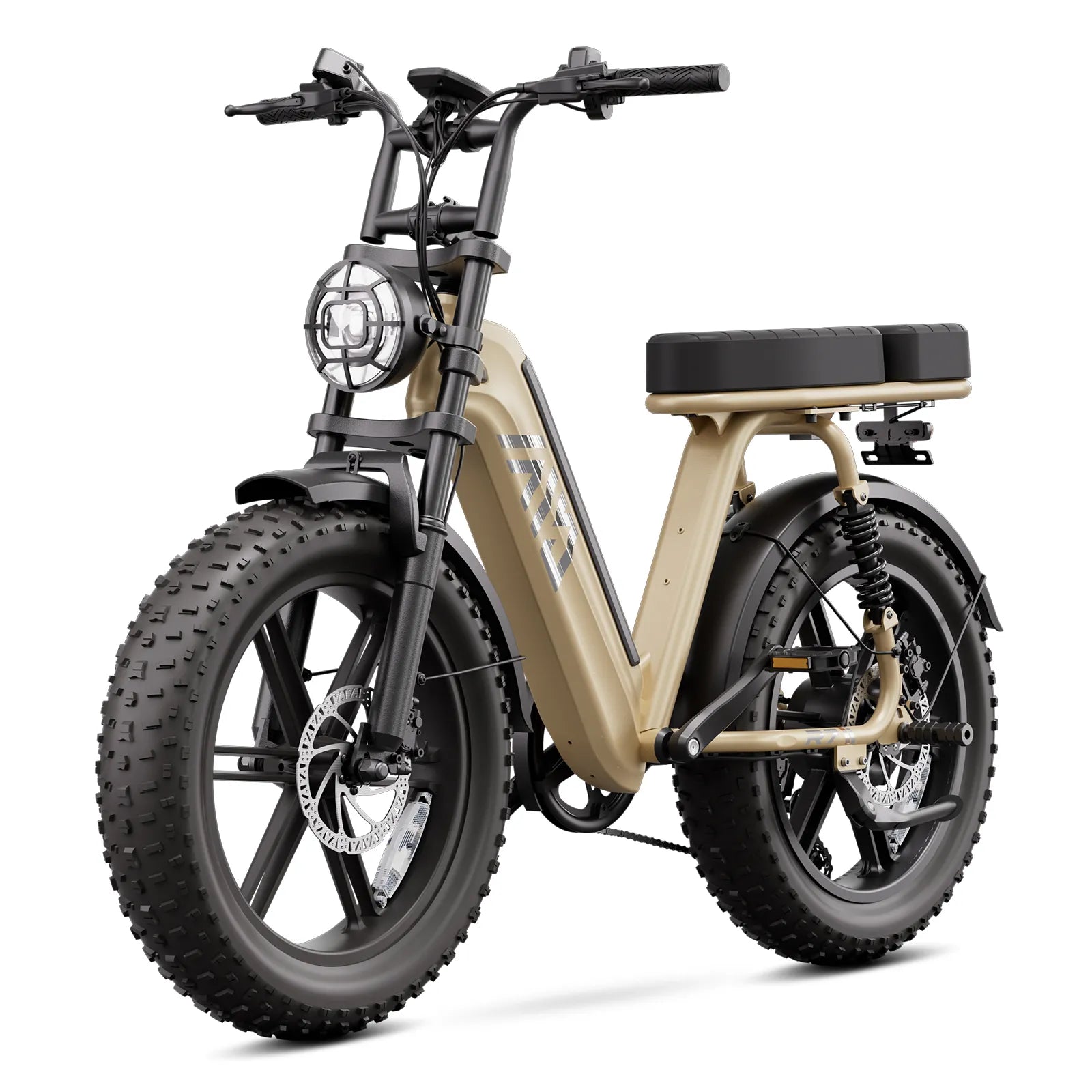
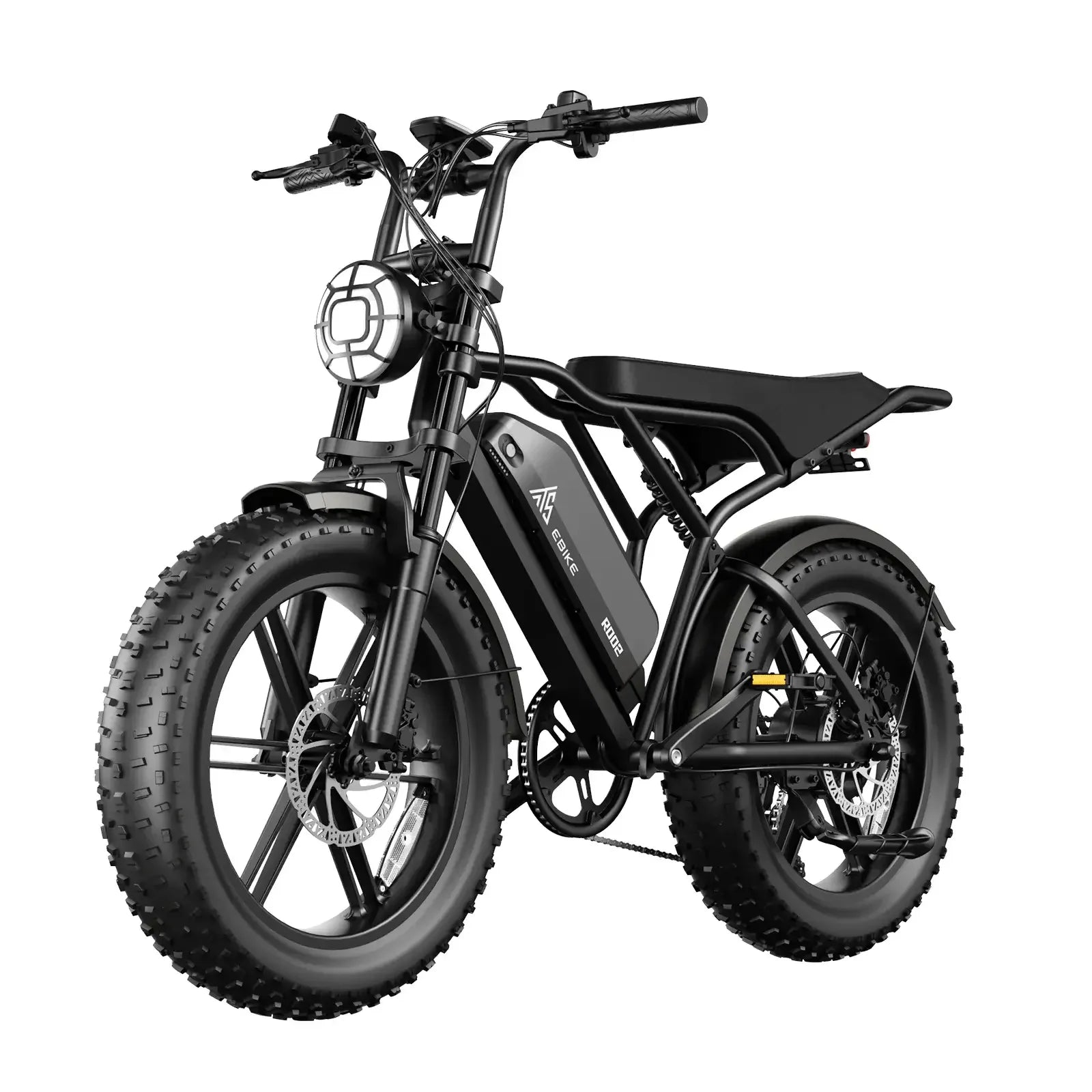

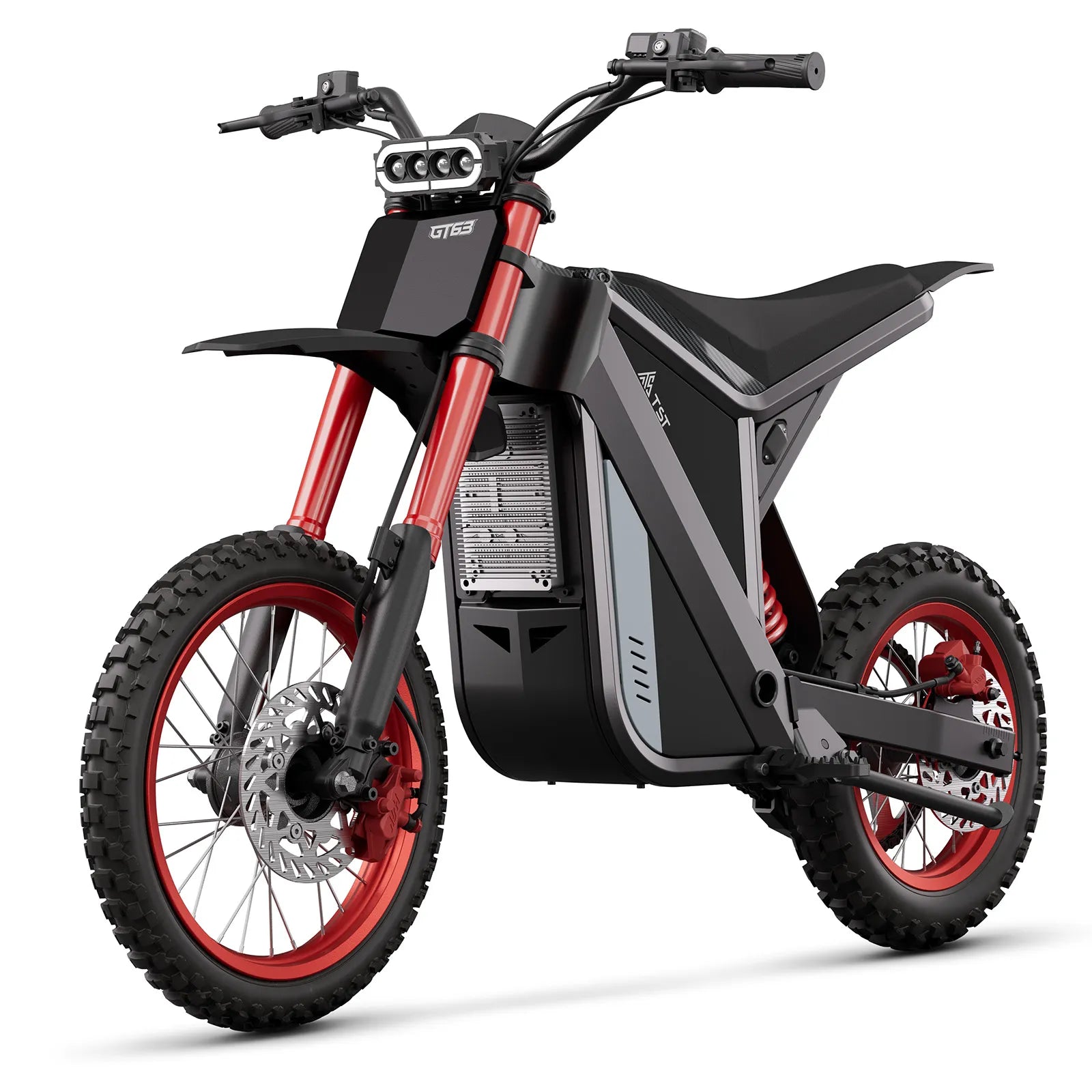
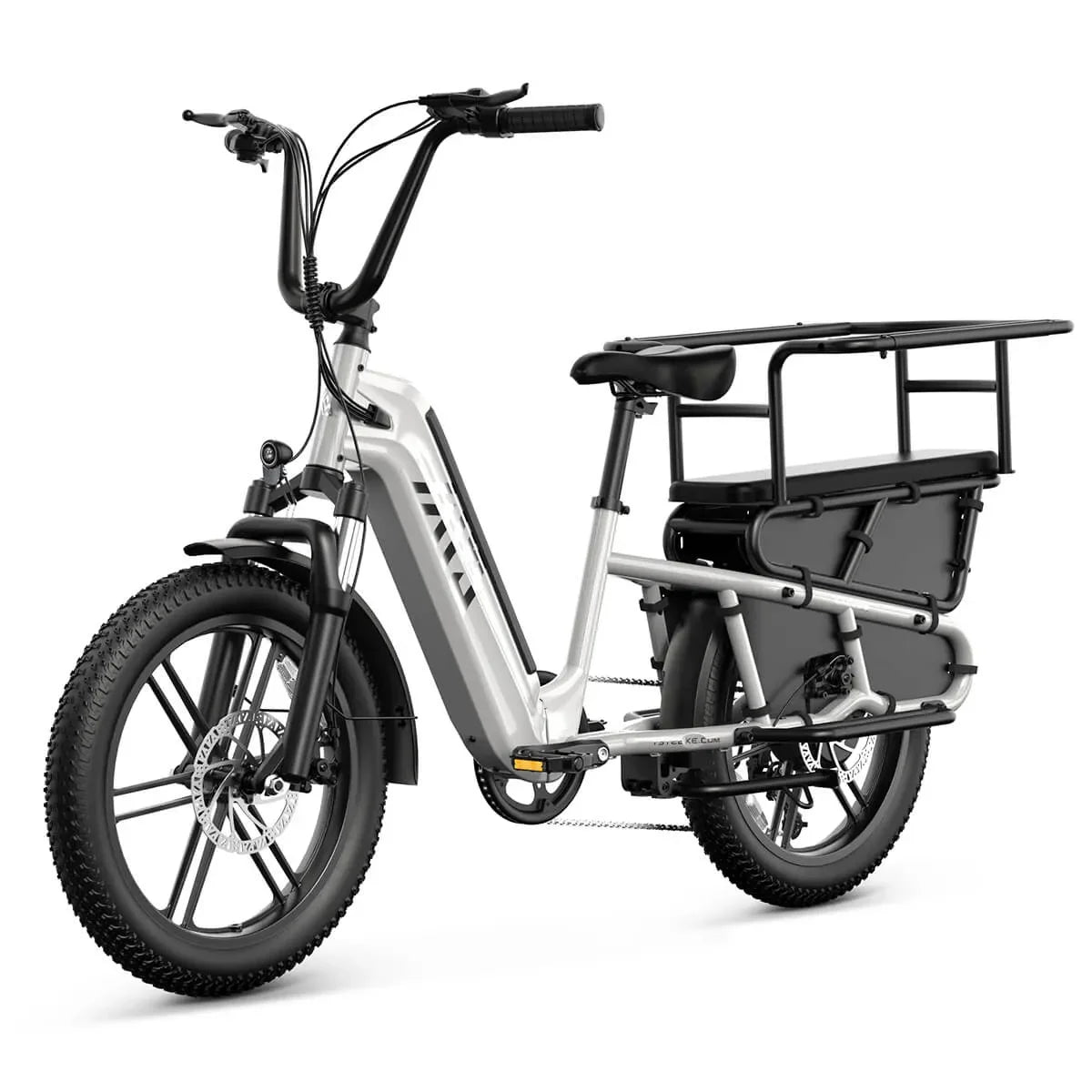
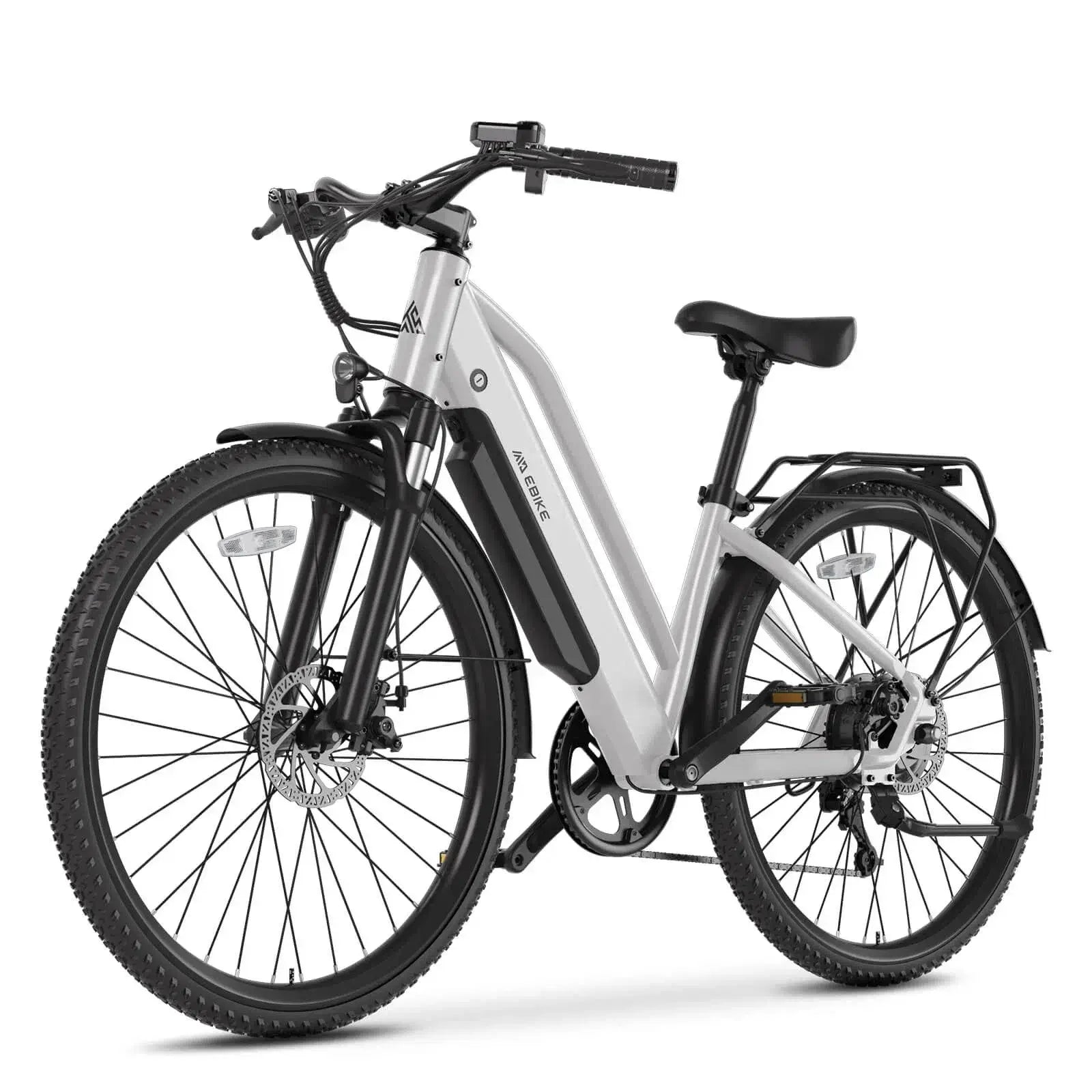
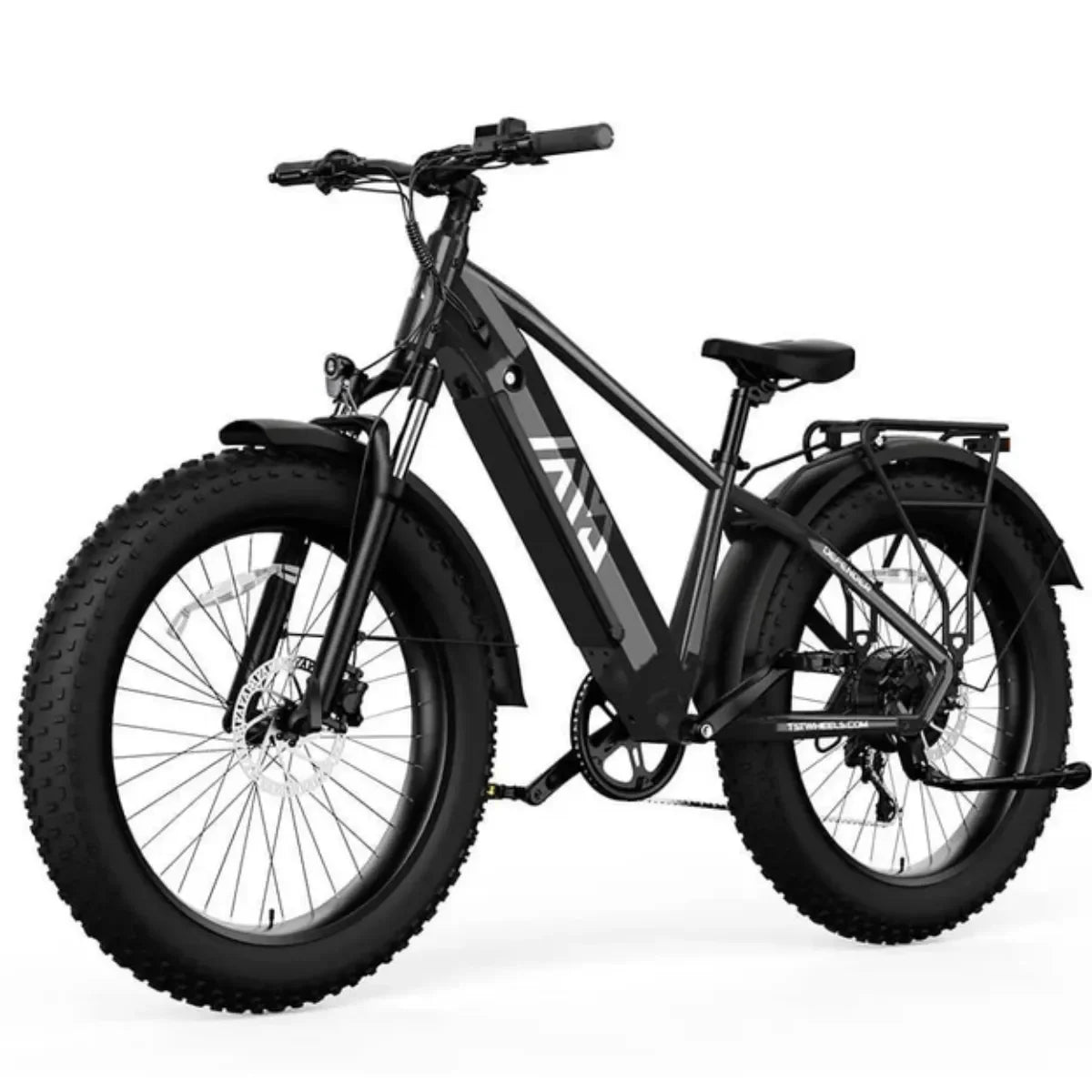
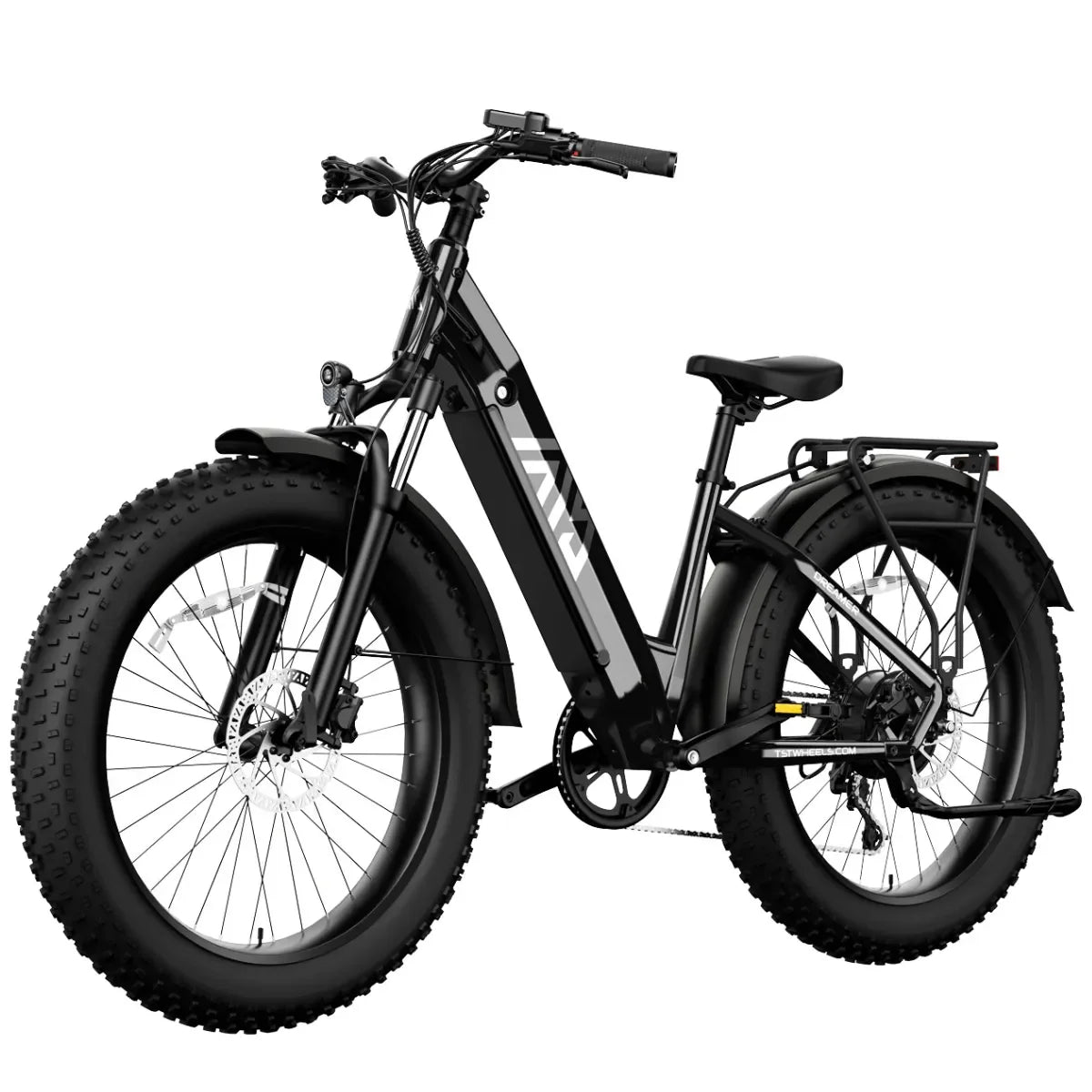
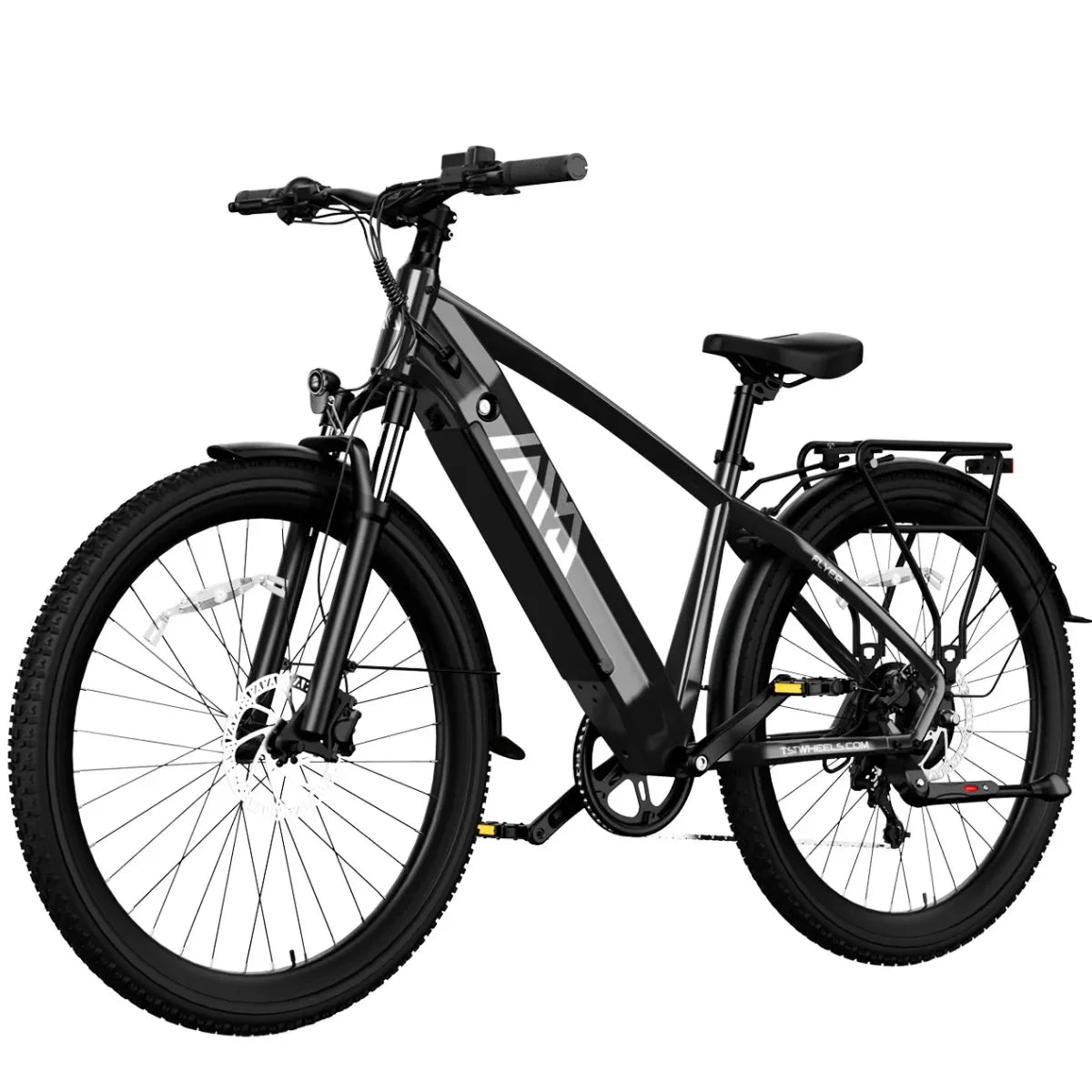
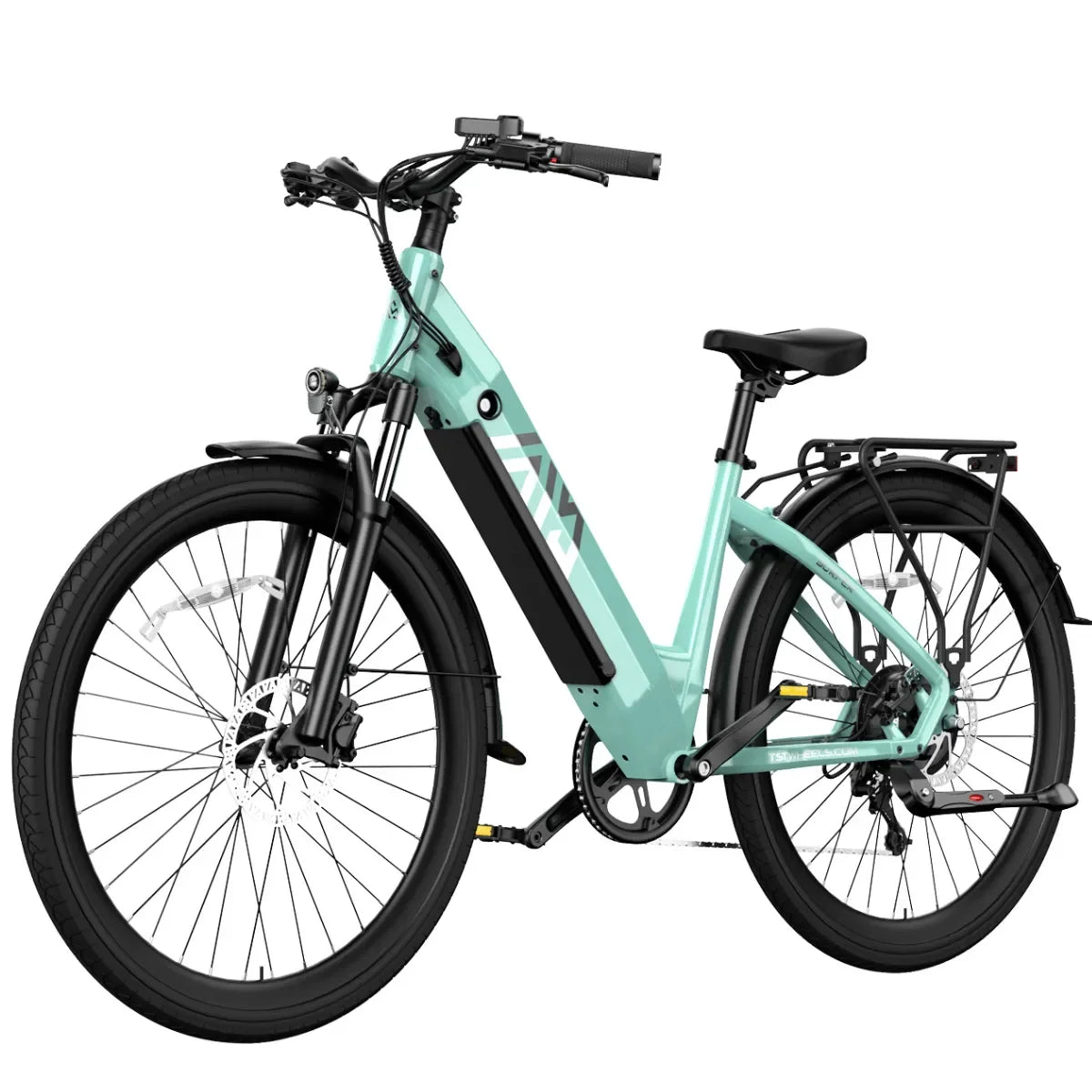
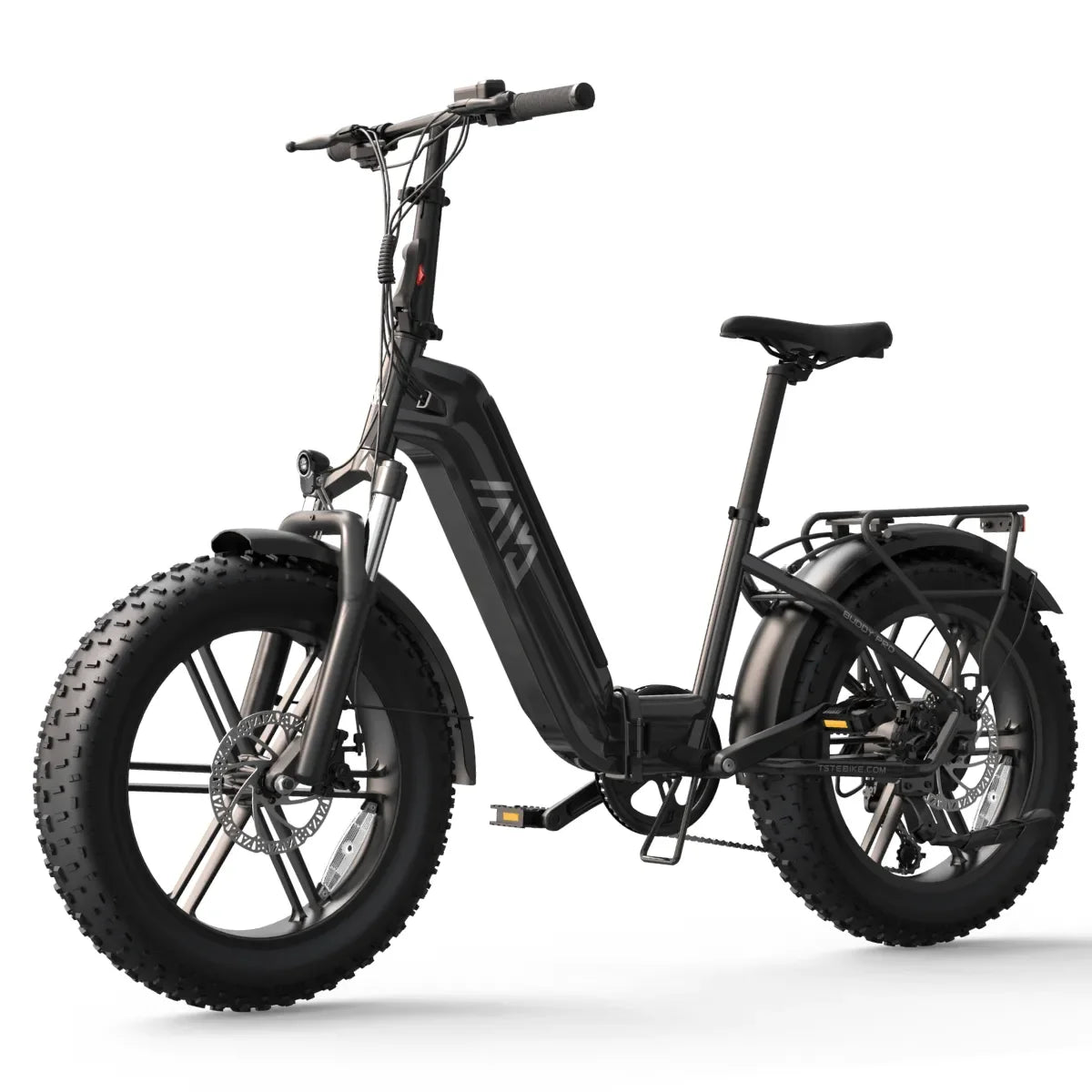
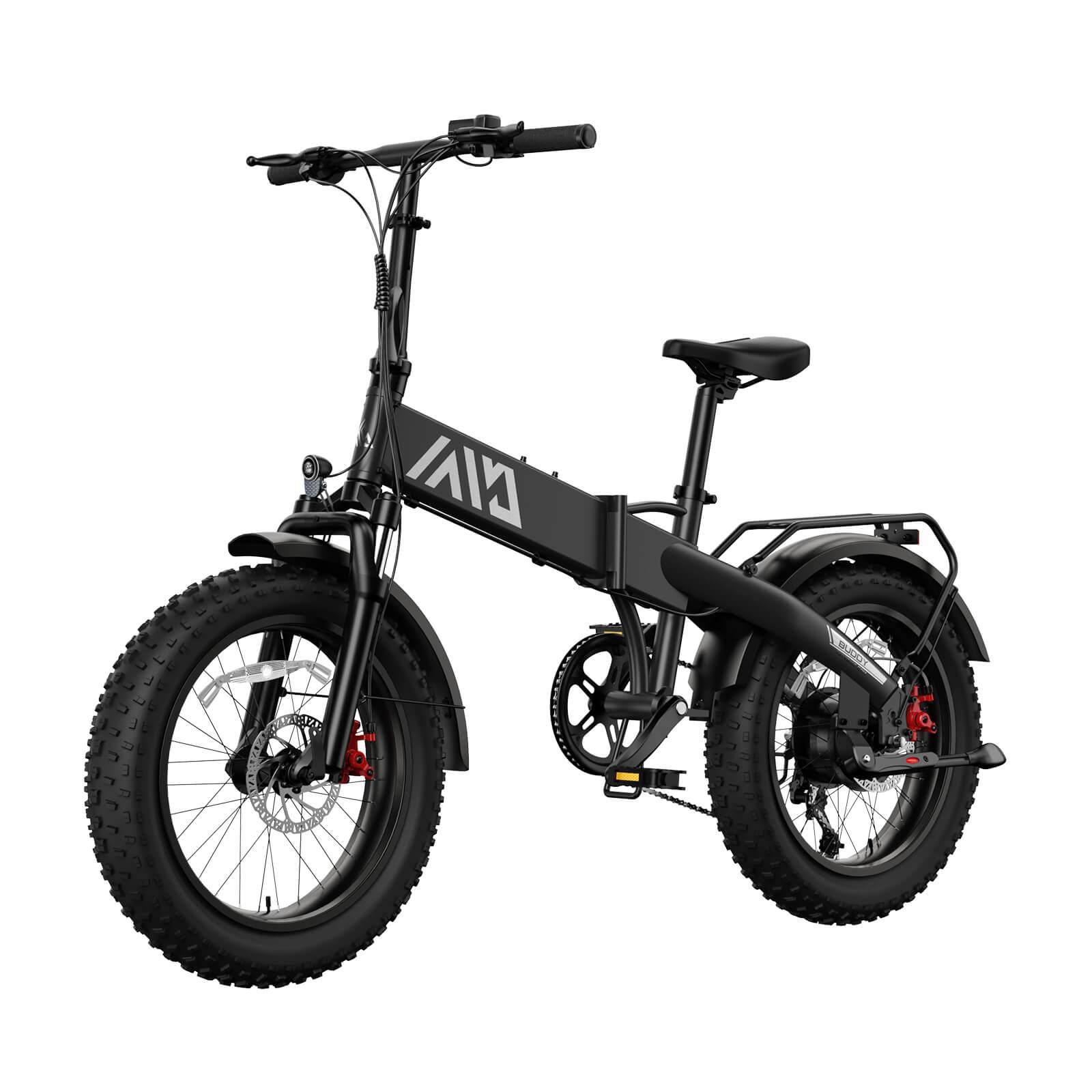
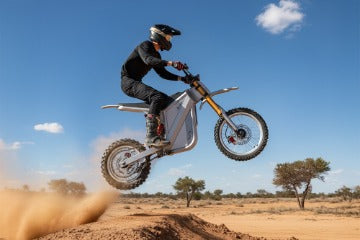
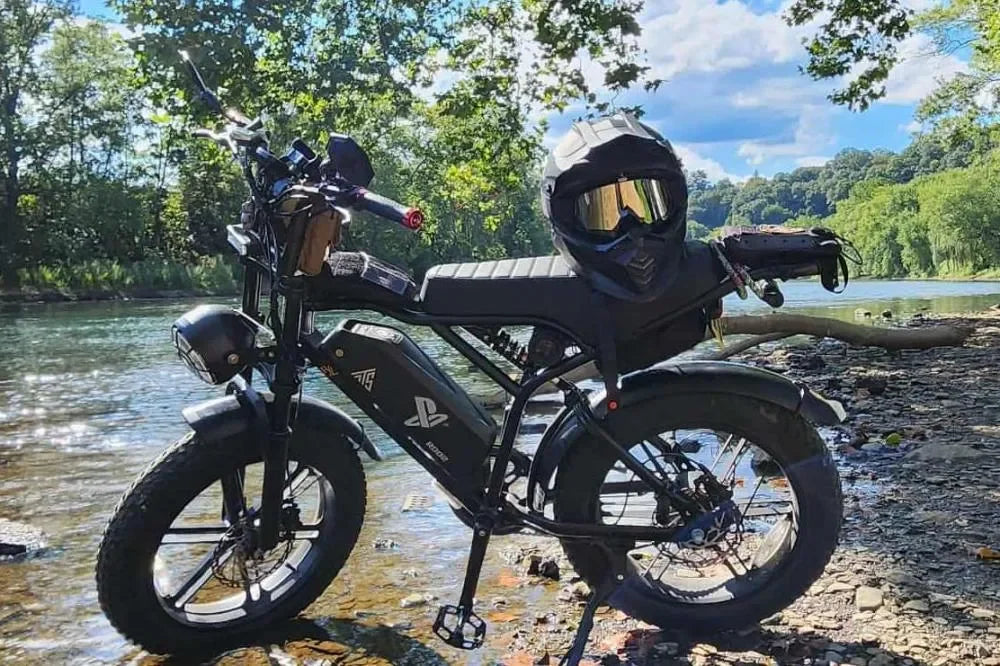
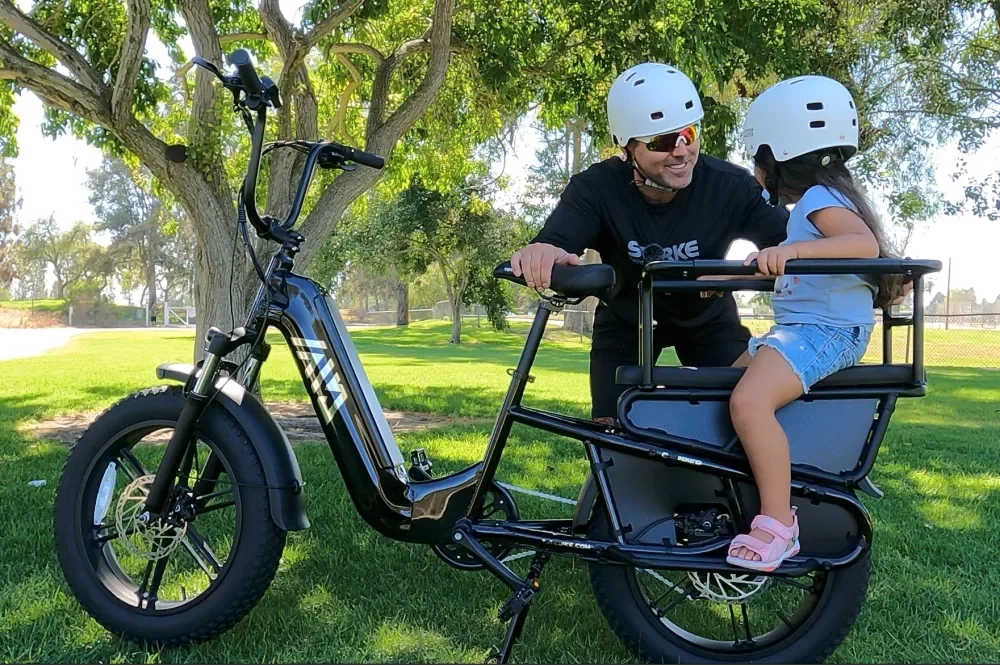
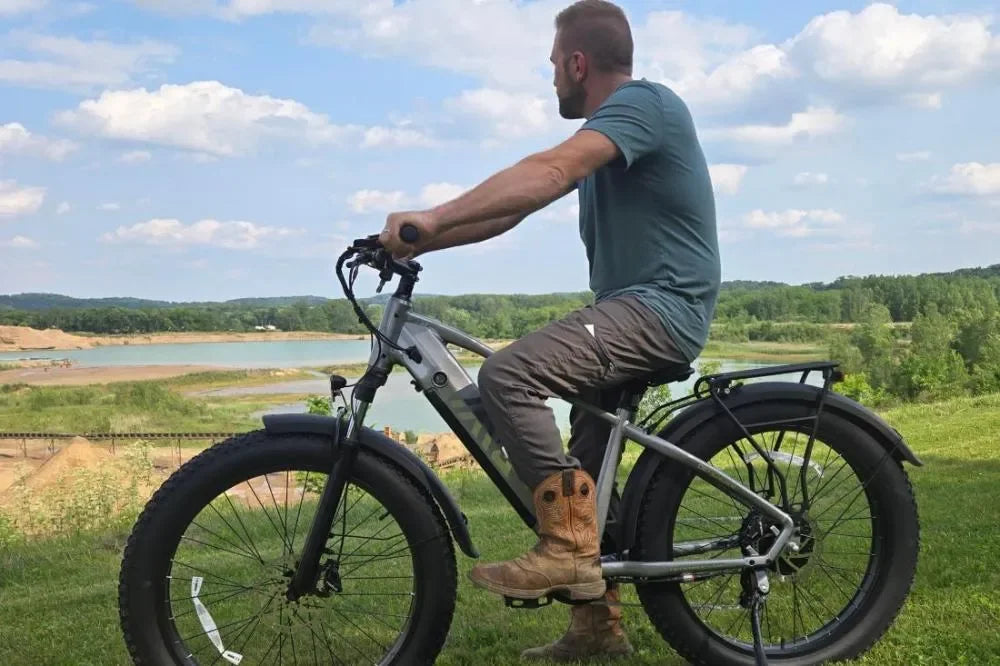
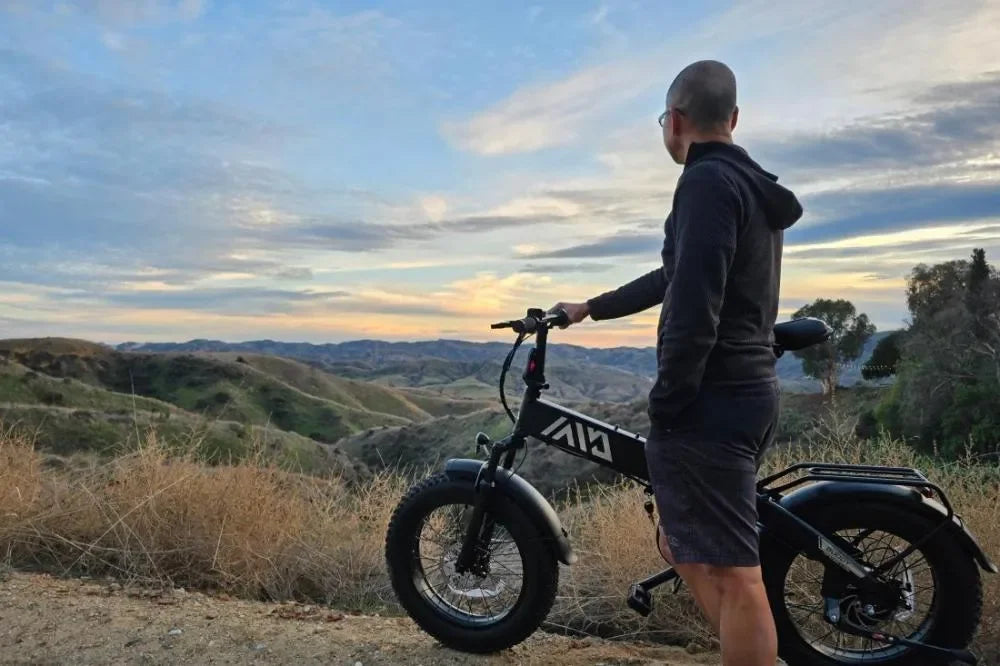
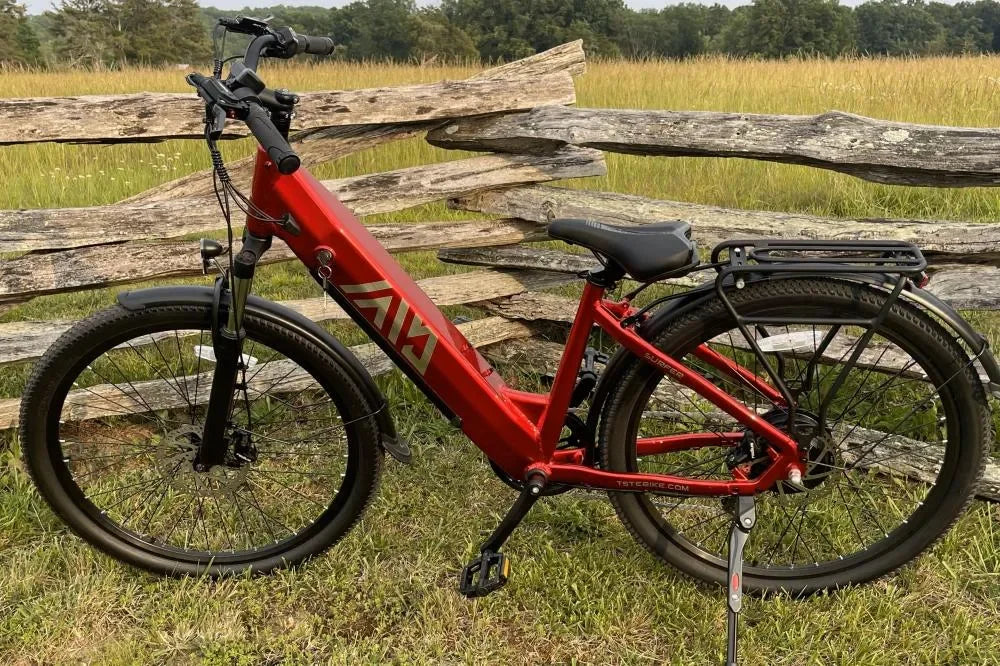
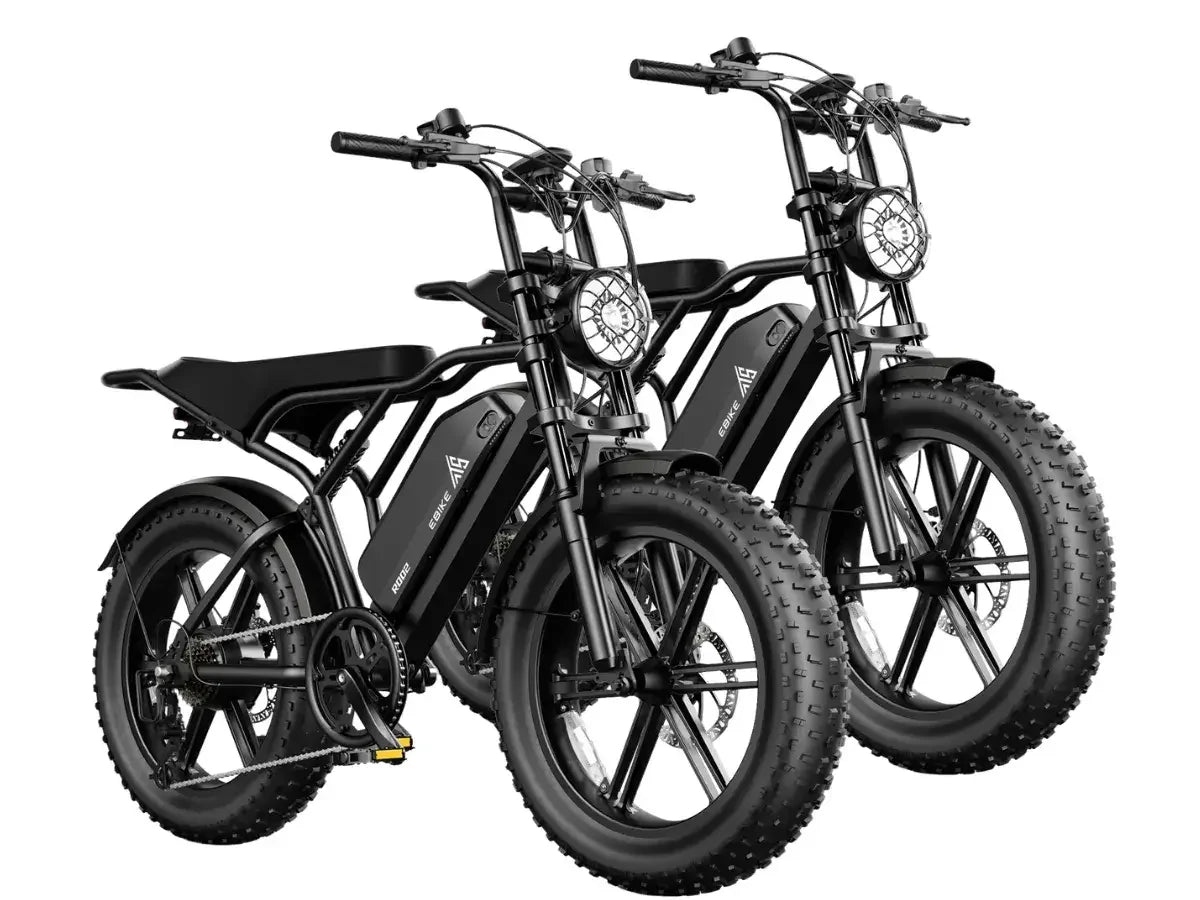
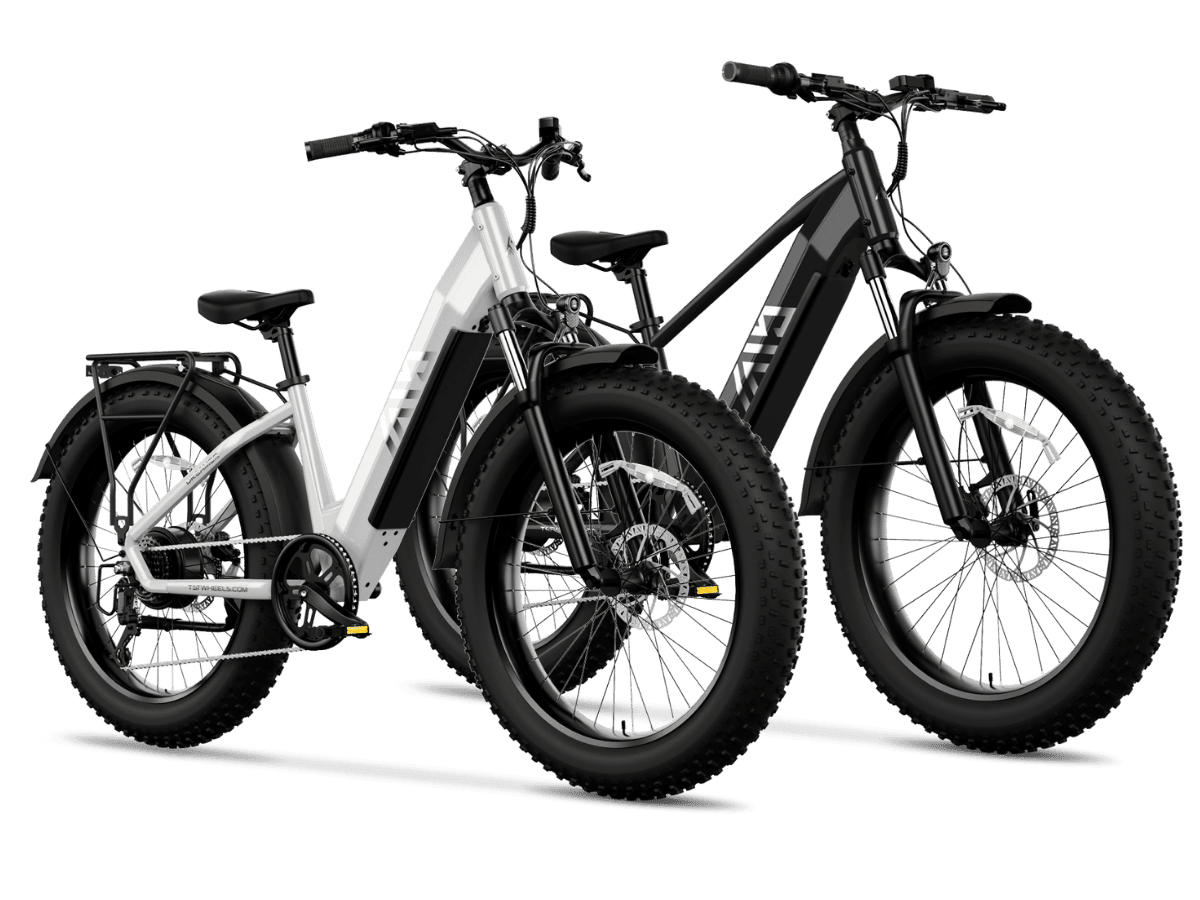
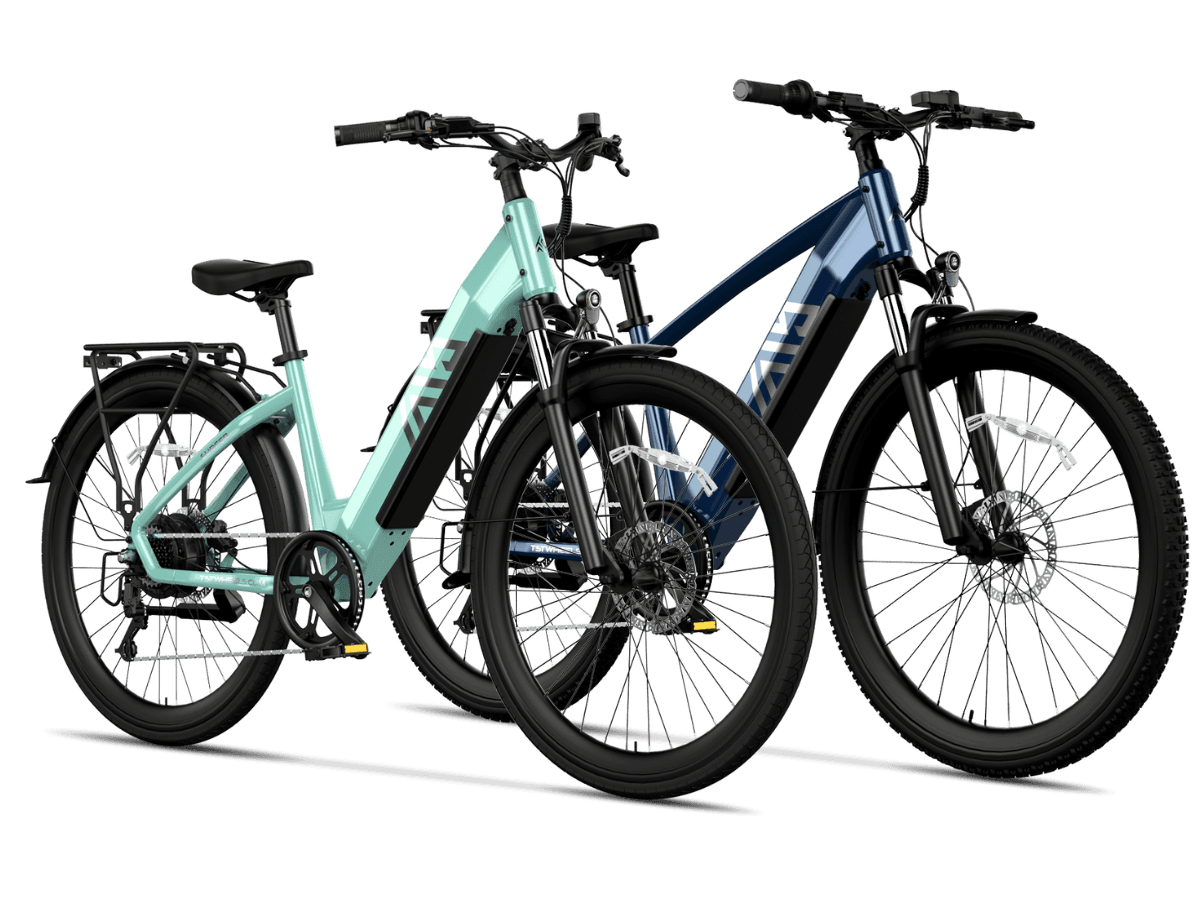
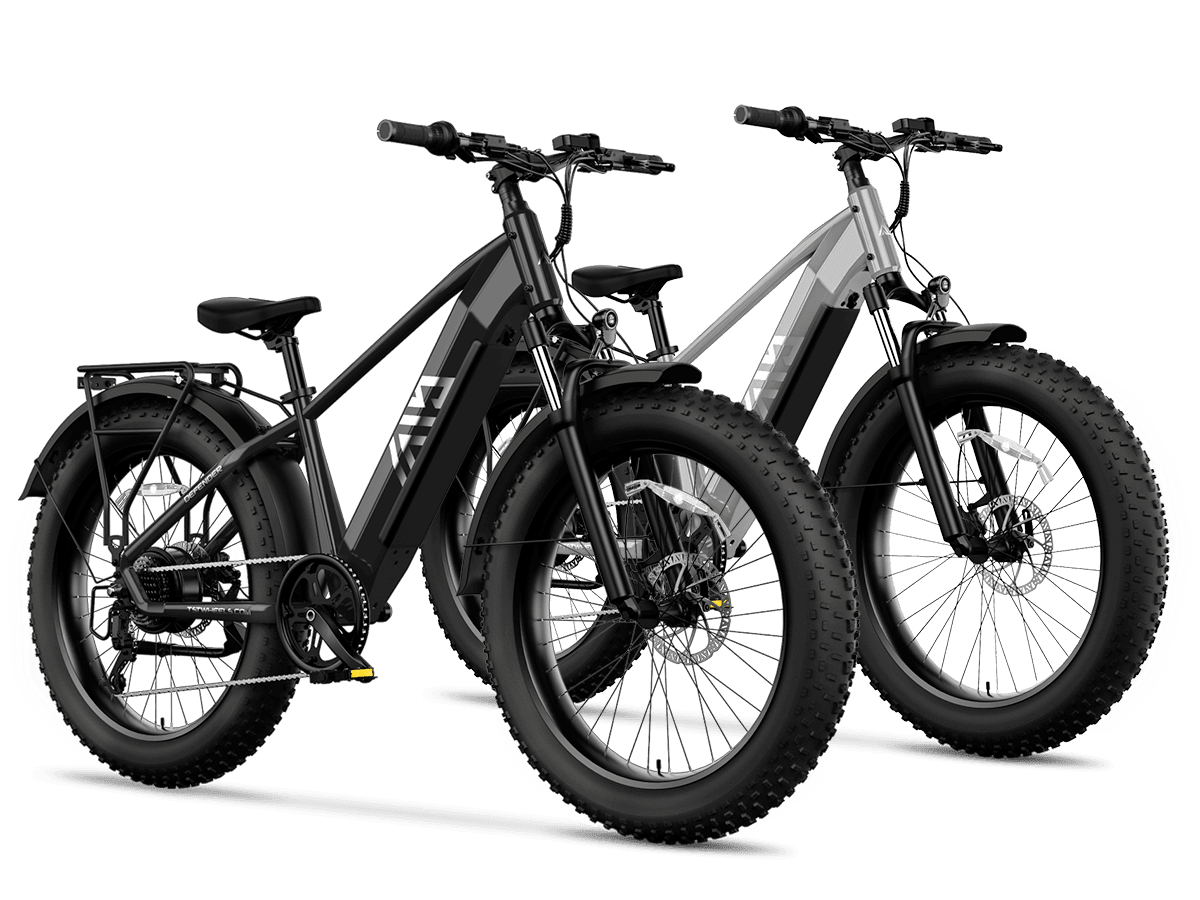
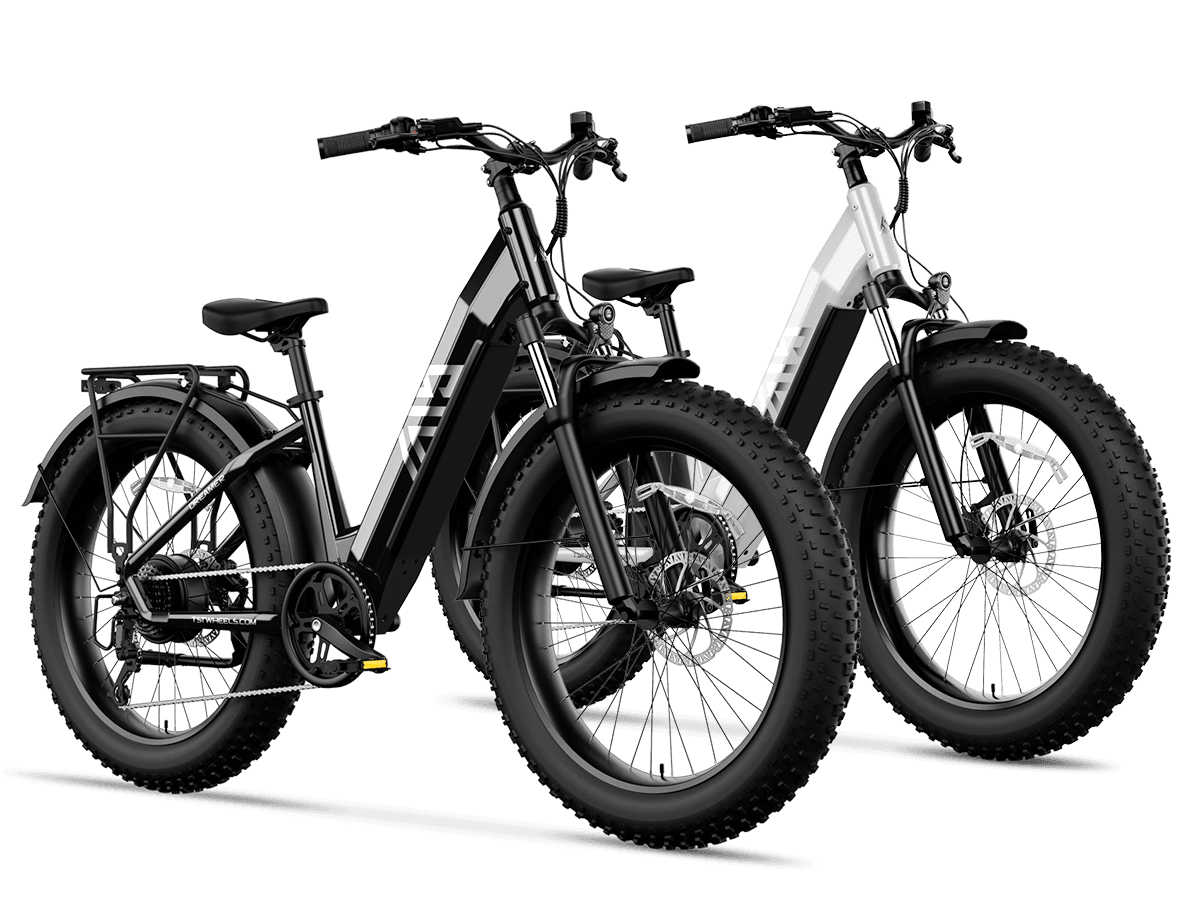
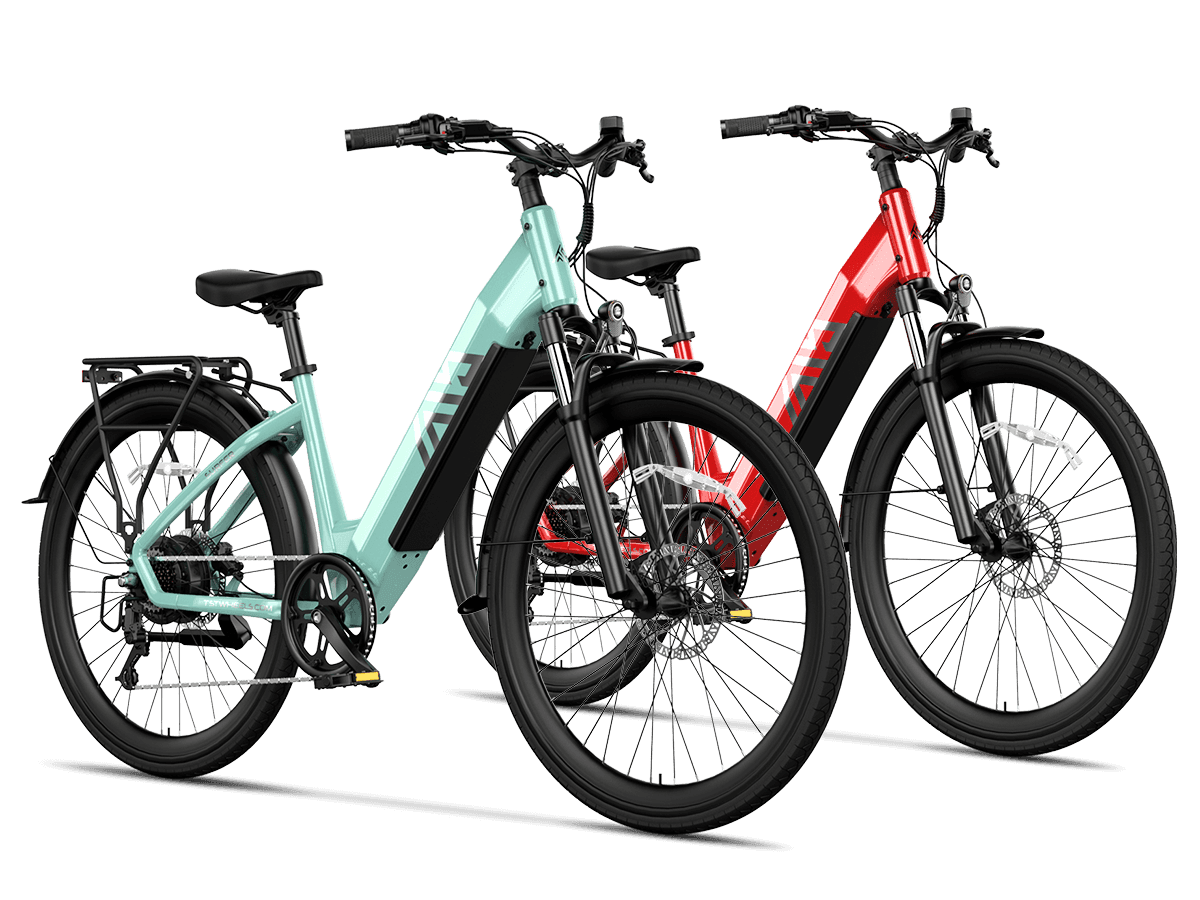
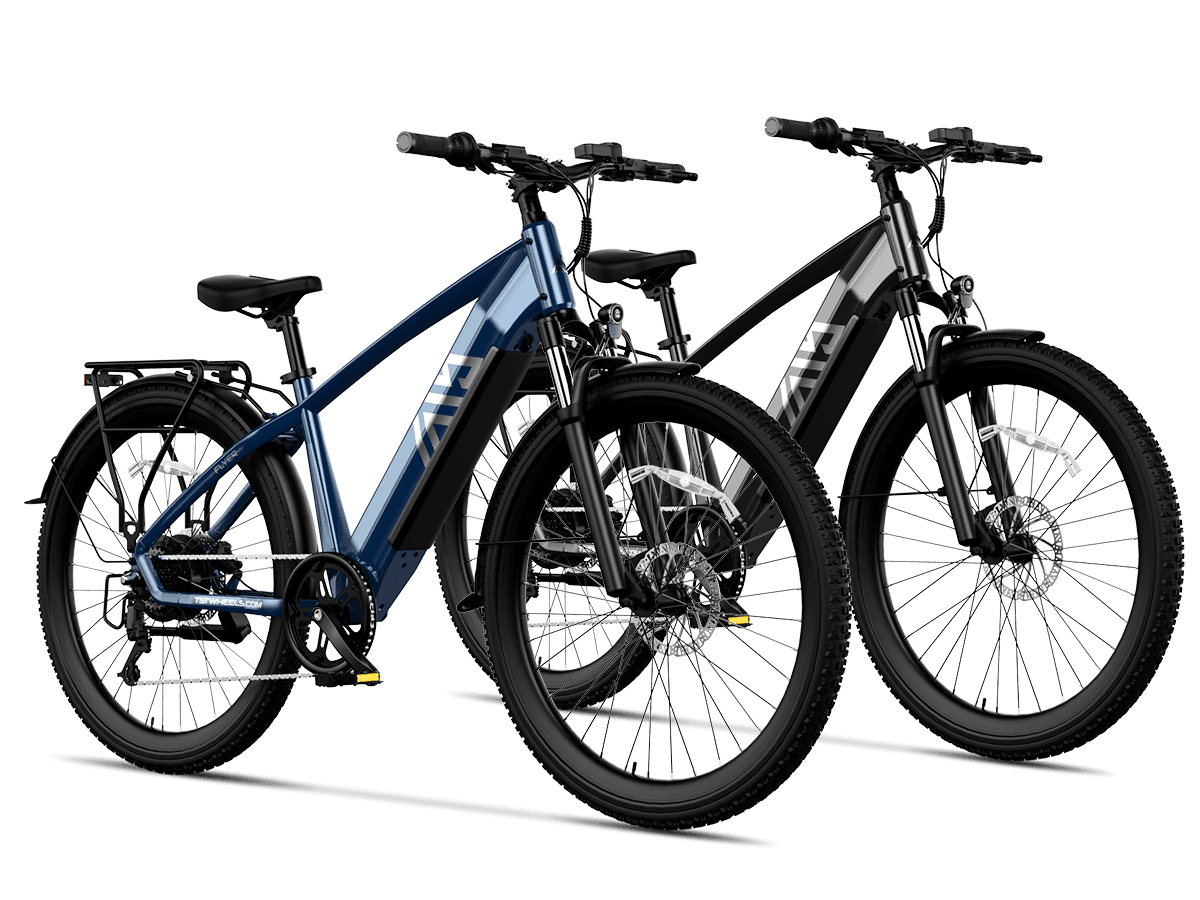
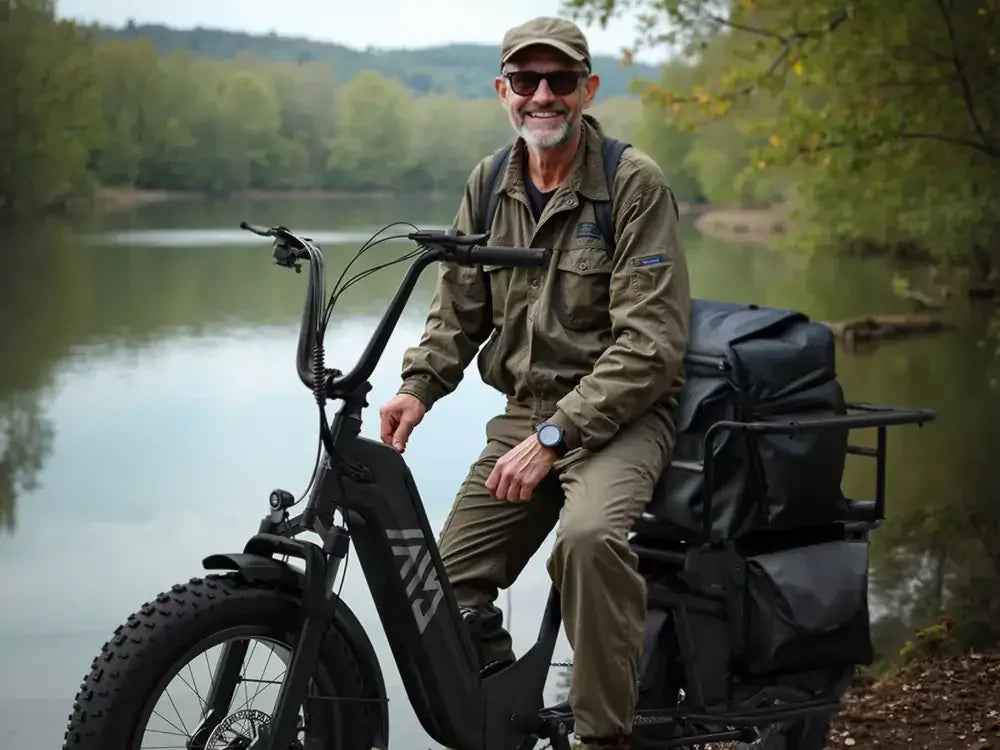
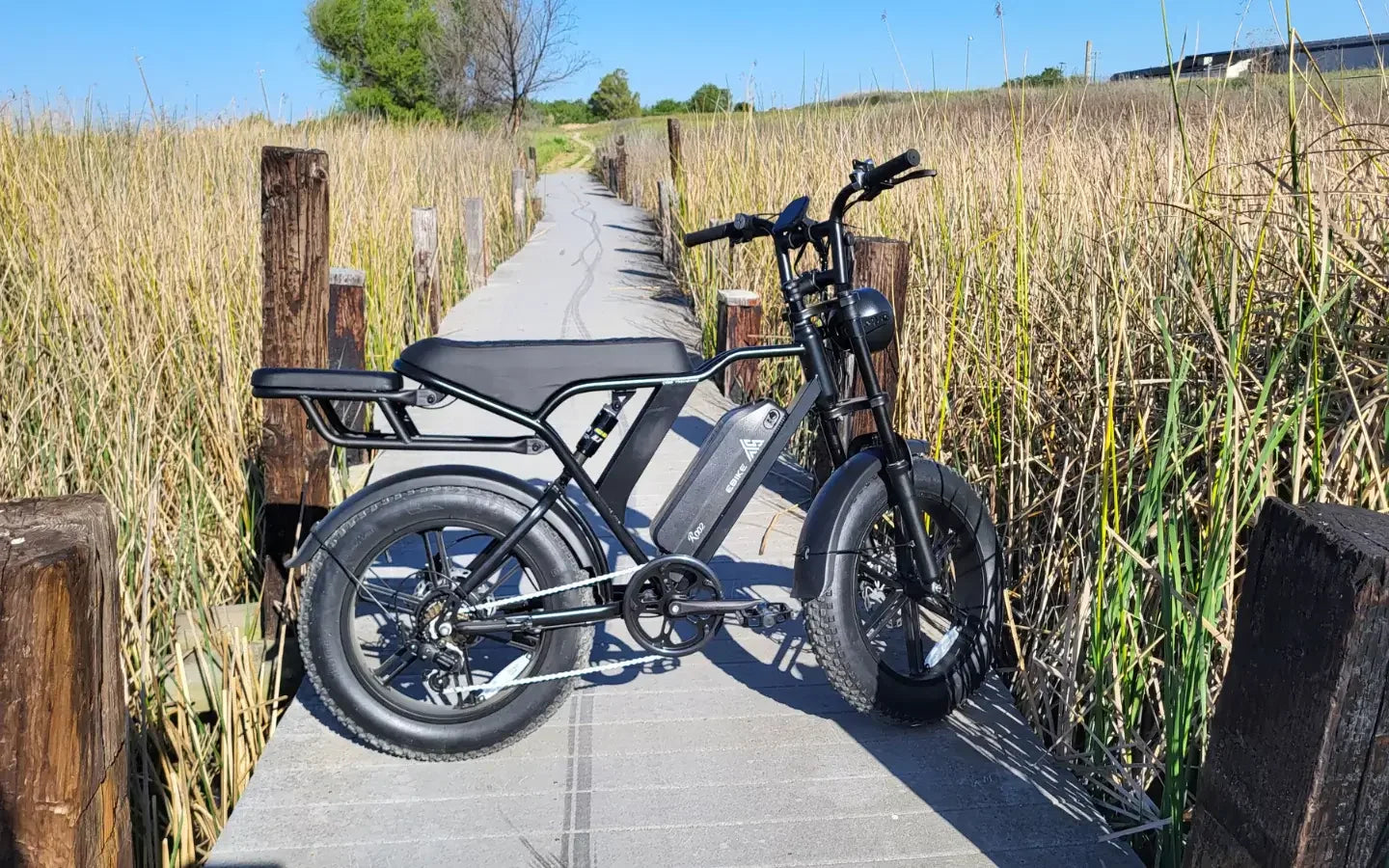
Leave a comment
This site is protected by hCaptcha and the hCaptcha Privacy Policy and Terms of Service apply.